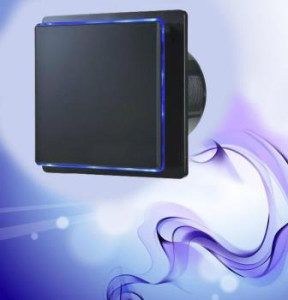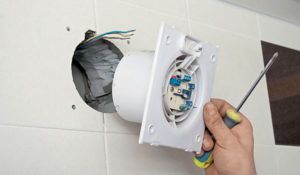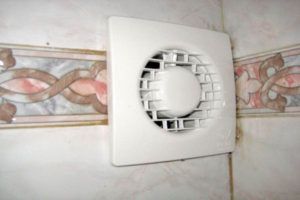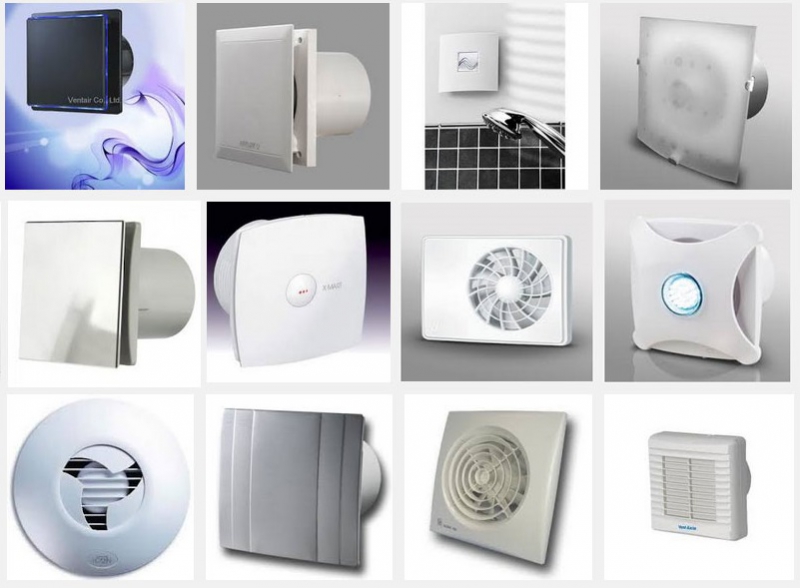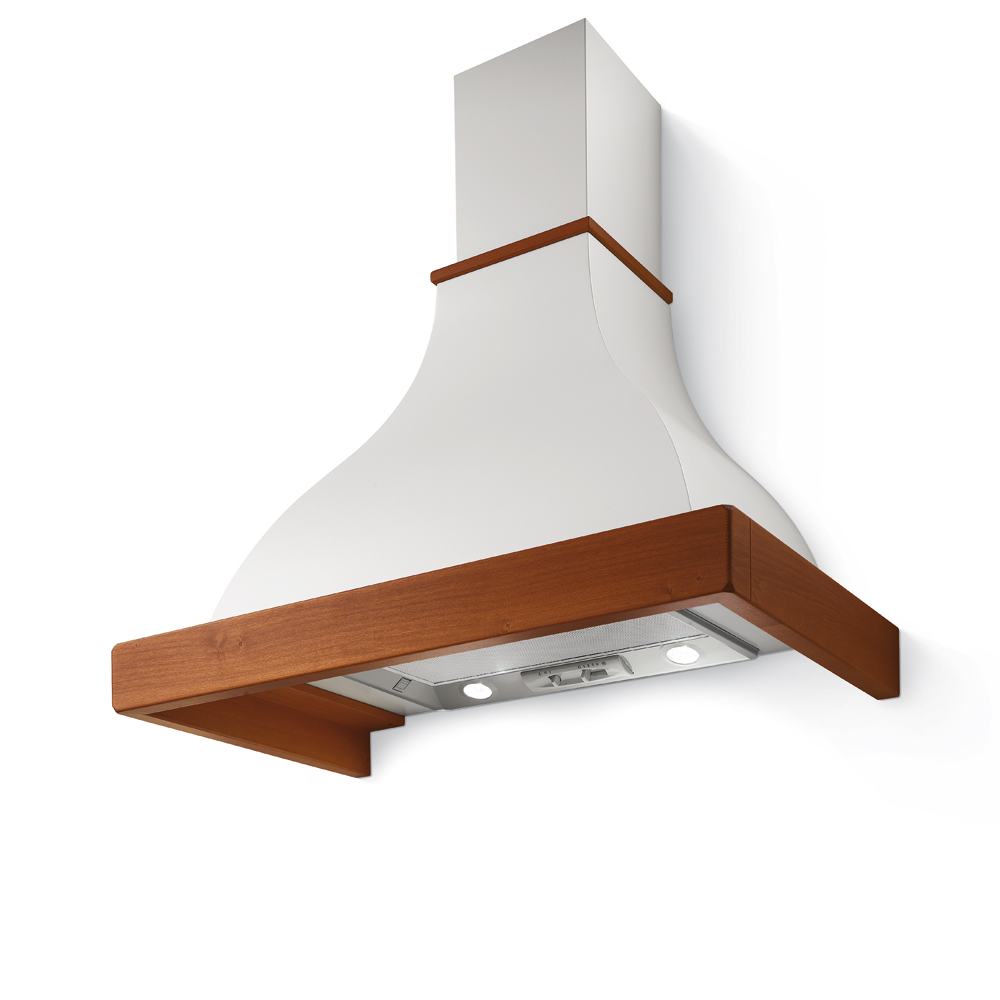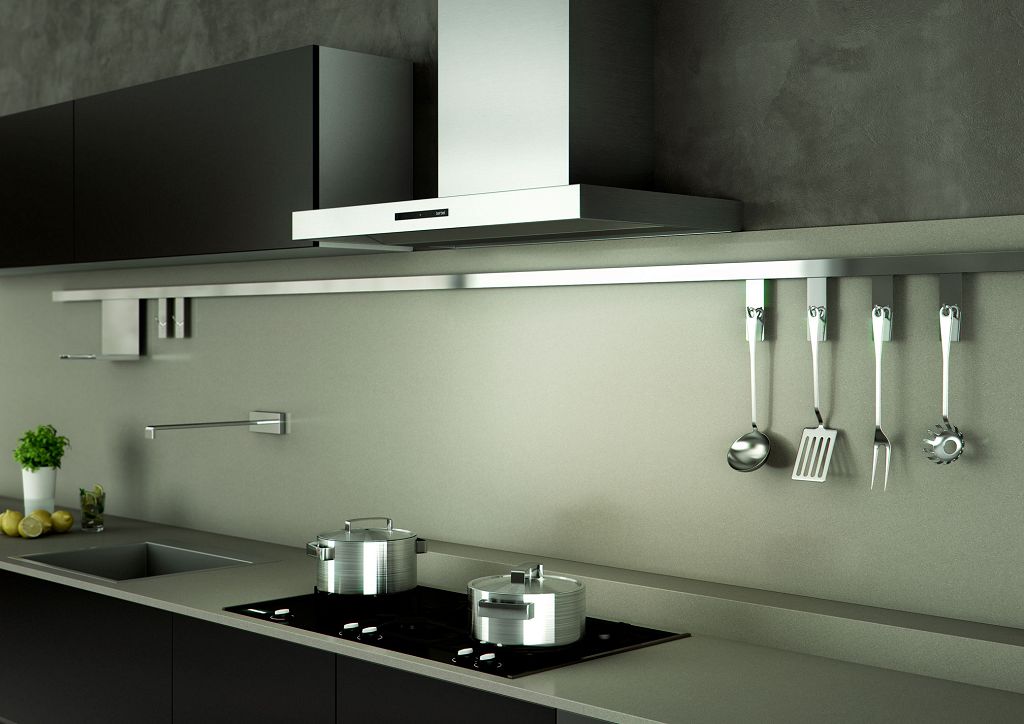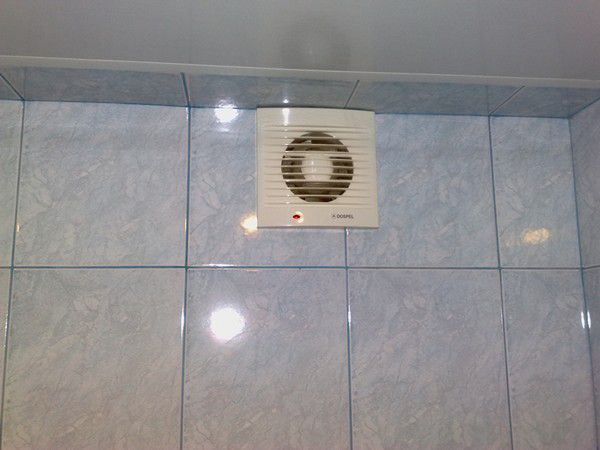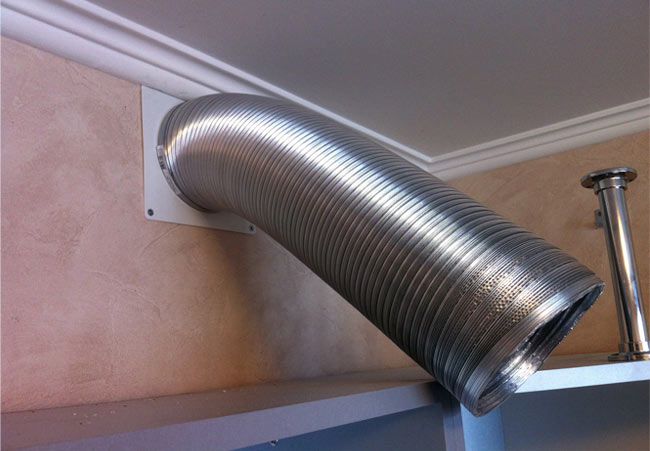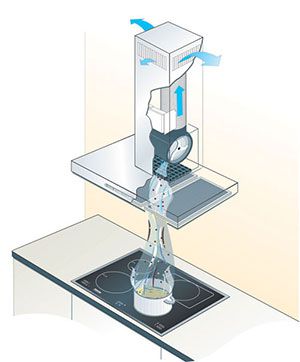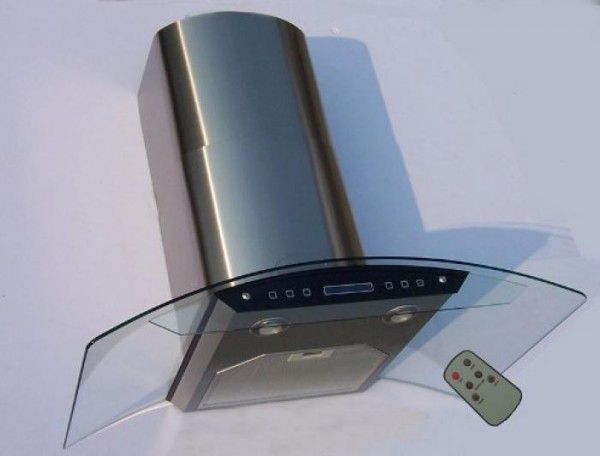A toilet is a part of an apartment and a house, where high-quality ventilation equipment is not a luxury, but a real necessity. In almost any case, this room in the dwellings does not have any windows, as a result of which there is practically no fresh air flowing into it. As a result, excess moisture and odors will constantly accumulate there. This, in turn, will lead to the formation of fungi, mold on the walls.
It is for the solution of such problems that the hood for the toilet is intended. By installing such a device there, it will be possible to successfully solve the above problems, maintaining the microclimate in the room at a comfortable level.
Toilet ventilation and its types
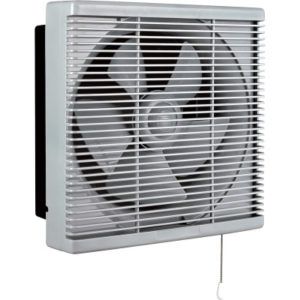
All existing types of bathroom ventilation in an apartment are divided into two types:
- natural;
- forced.
Even at the stage of building a house, ventilation system shafts are laid in it, which run throughout the house. Their main purpose is to ensure the flow of fresh air into the house and the removal of exhaust air from it. This is natural ventilation. But it is usually not enough to provide a good microclimate. Therefore, ventilation in the toilet and other parts of the house is enhanced by installing a special hood - this is a forced-type ventilation system.
Such a device has a special box, which is most often installed directly into the system shaft.
The use of the hood allows you to ensure high-quality and prompt removal of exhaust air together with moisture from the bathroom.
Features of the fan in the toilet
The bathroom differs from the rest of the premises in the house primarily in that it is visited only periodically and for a short time. Therefore, the hood should only work there for a short time. The optimal running time can be easily determined experimentally. One has only to take into account that in the summer the device will take a little more time to cope with its duties. Having determined the right time and purchasing a cooker hood with a timer, it will be possible to achieve optimal and efficient operation of the device with low material costs.
It will also be useful to use the built-in check valve, which will help in case of a sudden occurrence of reverse thrust.
A variety of devices: what to look for
- safety in use;
- performance level;
- noise during operation.
The hood in the toilet is primarily equipped with reliable protection against moisture penetration into the device body. If this is not the case, moisture penetration will cause a short circuit, which is highly likely to damage the wiring.
Therefore, you should choose models with a good level of protection against such influences and a voltage level of 24 V.
The level of performance of the hood in the bathroom in the apartment is also an important indicator that it is important to take it into account in the selection process.
There is a special formula for calculating the optimal level of this indicator. It is necessary to multiply the volume of the room by the frequency of the exchange of the air mixture. This indicator is determined by building codes for each type of room in the house; for a toilet, the multiplicity is from 6 to 9.
Having received the required performance indicator, it is recommended to choose a device with a certain margin so that the device does not constantly work at its limit.
Most often on sale there are models of hoods with a fan, the productivity of which is 100 cubic meters per hour. This will be enough for a toilet.
Any device for forced ventilation makes noise during its operation - the noise can be mechanical or aerodynamic. The second type occurs as a result of vibrations of the air duct, the first is the result of the operation of the exhaust motor.
The normal noise level is 25 dB, you can find this figure in the instructions for a particular model. If the hood you like has a higher noise level, it can be reduced by installing special noise absorbers.
Installation steps
It is quite easy to independently install the hood in the toilet, especially if the fan is simply mounted in a finished hole in the system.
This work is carried out in several stages.
Site preparation
First of all, it is necessary to carefully prepare the place where the hood will be located for installation. If necessary, the channel where the installation will be carried out is expanded to the required size. If, on the contrary, the channel is larger in size, it will be necessary to select a corrugation or pipe of exactly the same diameter, and already install the device in it. All gaps that remain at the end of this stage are carefully sealed with polyurethane foam.
Fan installation
Electric cable laying
To provide the hood with electricity, you will need to run the cable exactly to the place where the device will be located. It will be good if the hood is installed during a major overhaul - in this case, it will be possible to hide the cable in the channel under the finishing material. If such work has been completed long ago, the cable will have to be hidden in a box.
If the room provides for the presence of several switches or ventilation in the bathroom is combined with the bathroom, it is better to resort to the services of professionals, since such work is rather complicated, and special skills and tools are required.
Installation tips
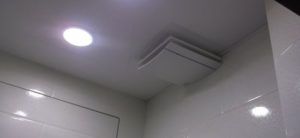
When installing the hood on your own in the bathroom, it is imperative that you familiarize yourself with some important points of such work, otherwise the hood will not be able to function with maximum utility.
The most important tips for the correct installation of a fume hood are:
- The hood should be installed as high as possible, best of all, directly under the ceiling;
- The device should be placed away from a source of moisture, otherwise a short circuit may occur at a certain moment;
- For maximum functionality, the hood should be located exactly opposite the doors, which will ensure the prompt supply of fresh air after the exhaust is removed;
- You cannot install the hood on the same wall as the doorway - in this case, the air flow will be very much weakened;
- If the hood installation work is done correctly, its casing should be completely hidden inside the ventilation shaft.From above, only the lattice will be visible, providing decorative effect of the ventilation hole;
- To reduce the noise level during the operation of the hood, you will need to install a special silicone gasket. You need to place it between the device and the wall;
- To provide power to the hood, there are two ways to connect it - together with room lighting or with a separate switch.
When choosing the first option, remember that when the lighting is off, ventilation will not function. It is clear that this is completely inconvenient, so it is better to use the second option, when the hood is equipped with its own switch.
Hoods with additional functions
- hood with check valve. In this case, the inside of the room will never get air from the mine. This is especially true in apartment buildings, where there will be no smells from neighbors;
- Motion Sensor. Such a model will turn on when a person enters the toilet and turns off when he leaves the toilet;
- timer. In this case, it will be possible to turn on the device for operation for a certain time;
- humidity sensor. In this case, when a certain level of humidity is reached, the fan turns on and off on its own when this parameter returns to a normal level;
- regular ventilation mode. Such models are constantly running at minimum speed. If the air humidity rises strongly, the maximum operating mode is turned on.
Often on sale you can find models that are equipped with several of the above functions at once, for example, a hood for a toilet with a check valve, a timer and a humidity sensor.
If the house has a separate bathroom, then in this case it will be possible to use one fan for two rooms at once, simply by connecting them with an ordinary corrugated pipe. In this case, the operation of one hood will provide ventilation of two rooms at once.
Do you want the air in the toilet of your home to never stagnate and always remain fresh, and the operation of a natural air cleaning system is not enough for this? There is a solution - it is enough to simply purchase and install an extractor hood with a built-in fan for this room. Having checked the functionality of the ventilation ducts and even installing a simple fan, the microclimate in the bathroom will forever become comfortable and pleasant for the residents of the house.

